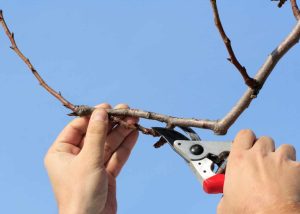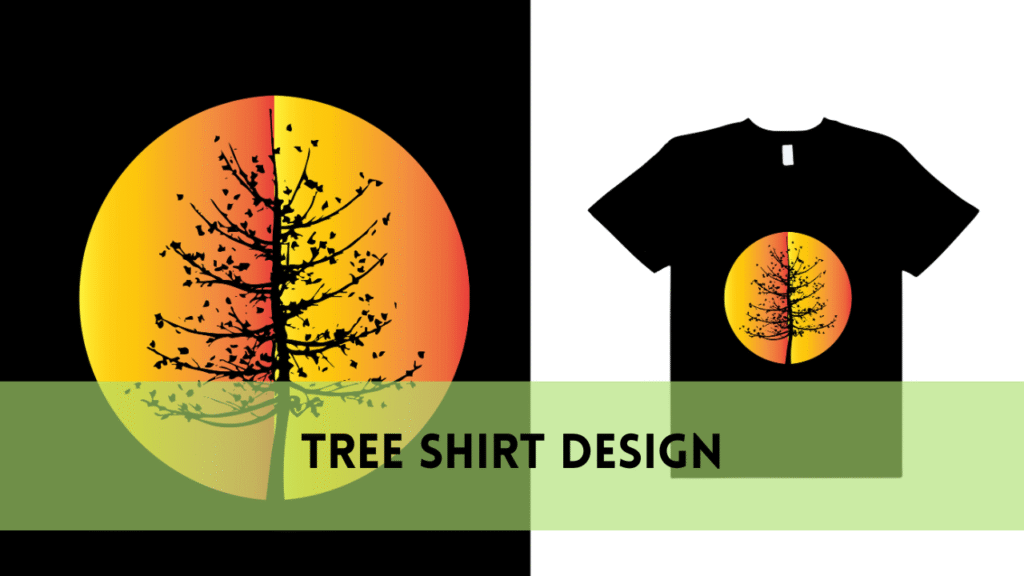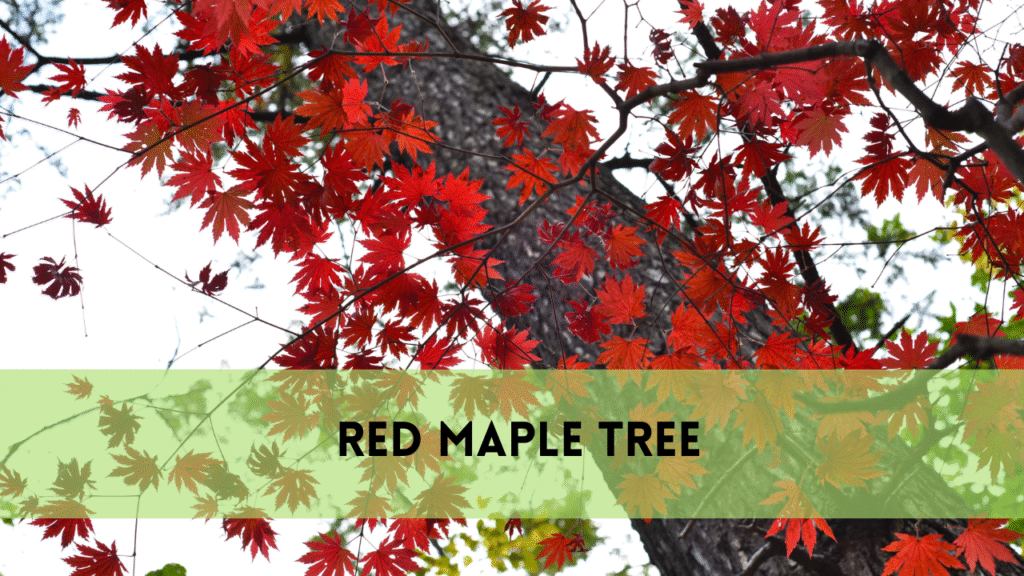Trim a Persimmon Tree?
Welcome to Crosby Arborist, where we specialize in the care and preservation of your favorite trees. Trimming persimmon trees is necessary not just for aesthetic reasons but also to promote healthy growth and fruit output. In this article, we’ll walk you through how to trim a persimmon tree to ensure its longevity and vitality. With our expert advice and direction, you can grow your persimmon tree to its maximum potential.
What is a persimmon tree?
The persimmon tree (Diospyros kaki) is a fruit-bearing tree native to China and Japan. It is part of the Ebenaceae family, and people commonly grow it for its wonderful fruit. Persimmon trees can grow up to 30 feet tall, with a rounded canopy and glossy green leaves. The tree yields orange-to-reddish-orange fruit that varies in flavor and texture according to the type. When fully mature, persimmon fruits are normally delicious and can be eaten fresh, dried, or used in various cuisines. These trees are renowned for their beauty value as well as their fruit-bearing ability.
The importance of trimming persimmon trees
Trimming promotes healthy development by eliminating dead or diseased branches, allowing the tree to better distribute its resources.
It improves the tree’s structural integrity, lowering the likelihood of branches breaking or falling during storms or high winds.
Proper trimming can form the tree’s canopy, increasing its aesthetic appeal and overall appearance.
Regular trimming promotes fruit development in fruit-bearing trees such as persimmons by redirecting energy to fruit-bearing branches.
Trimming contributes to a safer environment by removing branches that could endanger property or pedestrians.
It can also help to stop the spread of illnesses and pests by eliminating problematic branches before they cause additional damage.
When should you trim persimmon trees?
The best to trim persimmon trees in late winter or early spring before new growth starts.
During late spring or summer, when the tree is actively growing, avoid trimming, as it may stress the tree and reduce fruit yield.
Dormant pruning in the winter months is useful because it improves the visibility of the tree’s structure and permits optimal shaping.
Remove any dead, damaged, or diseased branches as soon as possible, regardless of the season, to avoid disease spread and preserve tree health.
In the summer, you can perform light pruning to remove water sprouts and suckers, but you should avoid excessive pruning.
Tools required
- Pruning shears
- Loppers
- Handsaw
- Pole pruners
- Hedge trimmers
How to trim a persimmon tree?
Inspect the tree
When checking a persimmon tree, check the branches for signs of illness, injury, or deadwood. Look for crossing branches and examine the canopy’s general health. Identifying these concerns early allows for targeted trimming and management, ensuring the tree’s longevity and fruit production.
Address Crossing Branches
Identify any crossing branches in the persimmon tree canopy. These branches may rub against one another, causing harm and preventing healthy growth. Choose the healthier of the two branches and carefully remove the other to reduce crowding and increase ventilation. Selective trimming decreases disease risk and improves the tree’s overall structural integrity.
Thin out the canopy
Thin the persimmon tree’s canopy by removing tiny branches, particularly those that grow vertically or toward the center. This allows more sunshine to enter the canopy and reach the interior branches, encouraging healthy development and fruit production. Thinning also promotes air circulation within the tree, lowering the danger of fungal infections and guaranteeing optimal growth across the canopy.
Maintaining a natural shape

When trimming a persimmon tree, try to keep it in its original shape and form. Avoid excessive pruning, which can give the tree an odd appearance or put it under unnecessary stress. Maintaining the tree’s natural shape ensures its aesthetic appeal while maintaining healthy growth patterns and structural integrity, which contribute to its overall vitality and lifespan.
(If necessary, trim for height)
If the persimmon tree has grown too tall or wide, consider pruning it to make upkeep easier and prevent limbs from growing too heavy and breaking. For thicker branches, use a pole pruner or hand saw to make clean, angled cuts. Trimming for height helps keep the tree manageable while supporting balanced development and fruit output.
Clean up the debris
After trimming the persimmon tree, collect and dispose of any clipped branches and debris surrounding it. Proper disposal helps to prevent the spread of diseases and pests. Cleaning up garbage also improves the tree’s beauty and maintains a clean landscape, boosting overall health and vitality.
Monitor and maintain
Throughout the growing season, monitor the persimmon tree for any new growth or issues that necessitate treatment. Inspect the canopy regularly for symptoms of disease, pests, or structural damage. Address any emergent difficulties, using targeted pruning or other relevant measures. By remaining alert and proactive in maintenance, you may preserve the persimmon tree’s long-term health and productivity, optimizing its longevity and yield.
Related Posts:
Calling a professional to trim persimmon tree
Make sure you use the right trimming techniques. Professionals know how to properly trim persimmon trees, enhancing their health and lifespan.
Without the proper tools and knowledge, trimming trees can be hazardous. Professionals stress safety throughout the process.
Improper trimming can injure persimmon trees, reducing growth and fruit yield. Professionals make accurate cuts to minimize harm.
Hiring professionals reduces the time and effort required for trimming, enabling you to concentrate on other duties.
Professional trimming promotes stronger persimmon trees, ensuring that they survive and produce bountiful fruit for years.
FAQS
Can I cut my persimmon tree during the summer?
You can do light pruning in the summer to remove water sprouts or suckers but avoid excessive trimming as it may stress the tree. The best time to do extensive trimming is late in the winter or early in the spring.
Should I prune my persimmon tree when it is young?
Trimming young persimmon trees is necessary for establishing a robust structure and promoting healthy development. Concentrate on removing competing branches and trimming the tree to promote a balanced canopy.
How do I avoid over-trimming my persimmon tree?
Begin by identifying specific branches that require removal rather than pruning indiscriminately to avoid over-trimming Aim to keep the tree’s natural shape and avoid removing more than 20% of the canopy in one pruning session.
Conclusion
In conclusion, knowing how to trim a persimmon tree is important for care and upkeep. Trimming done correctly and at the right time, stimulates fruit output and improves the tree’s aesthetic appeal. Crosby Arborist recognizes the value of expert tree care, and our qualified crew is ready to provide professional trimming services for your persimmon trees. Trust us to maintain the beauty and health of your landscape, ensuring that your persimmon trees thrive for years to come. Contact us today to set up a consultation and discover the difference between our specialist tree care services.





